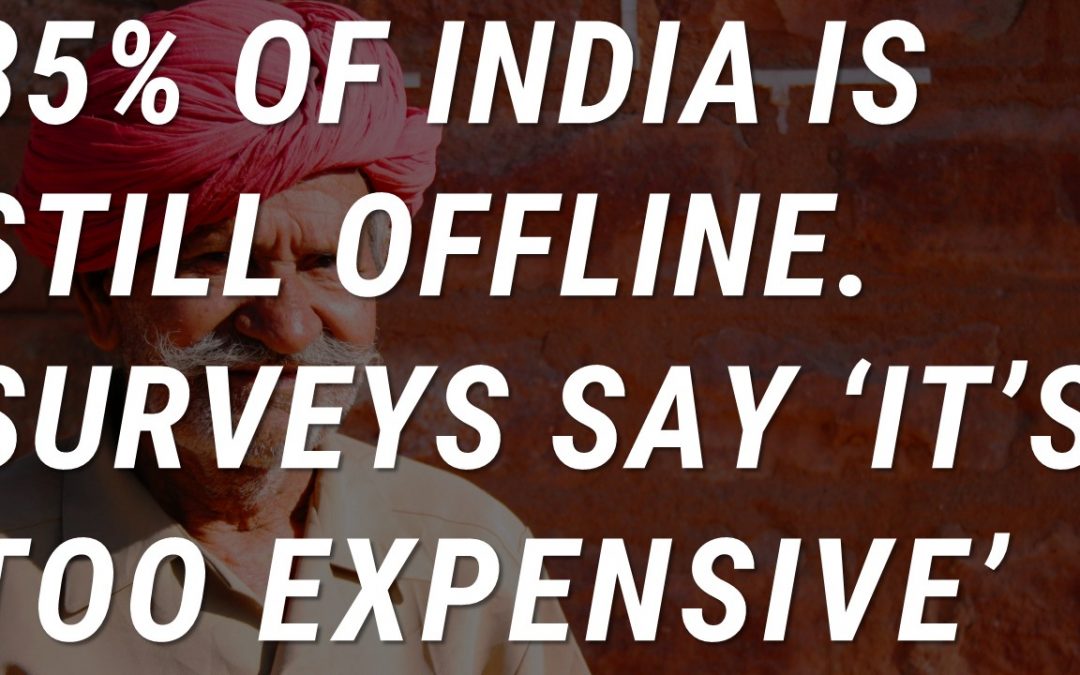In a recent study conducted by Mckensy in 2014, it was stated that out of the 4.4 billion people in the world who lack Internet access, 3.4 billion non-users come from just 20 countries (Kara Sprague, James Manyika, Bertil Chappuis, Jacques Bughin, Ferry Grijpink, Lohini Moodley, Kanaka Pattabiraman, 2014).

India is a developing country with a population of approximately 1.3 billion or roughly 1000 times that of Estonia’s. India has 29 states and 7 union territories, with its population spread across over approximately 30 major cities, 8000 towns and more than 600,000 villages.
India has one of the lowest Internet penetration rates with only 15% of its population having access to Internet (The World Bank, 2013). This may seem like a small number in percentage but India has over 300 million Internet users – the third largest digital population in the world.
As of 2014, India had 930 million cellphone subscriptions. Only 6.4 % (or 60.19 million) of these are mobile Internet users – by way of a smartphone or a USB data dongle. (Telephone Regulatory Authority of India, 2014).
Only about 5% of India’s service exports are ICT based (The World Bank, 2013) amounting to approximately 100 billion USD. This is roughly 66 times that of Estonia’s ICT export (gross).
Strangely, the world’s highest number of non-Internet users come from the same country that produces some of the cheapest smartphones, has one of the widest network coverage by kilometer square, is the third largest ICT exporter in the world and has the second largest cellphone subscriptions in the world.
Much work is being done to address the issue of ‘affordability’ by the government of India, research institutions, corporates and non-governmental organizations. One key solution, being pushed by the private sector and government of India, to bring more people online and bridge the digital divide is provision of free or (affordable / low-cost) Internet access via Wi-Fi.
Read More on the Current State of Internet Access in India.

Recent Comments